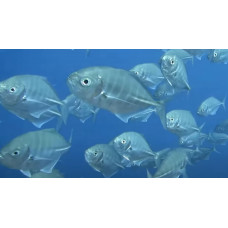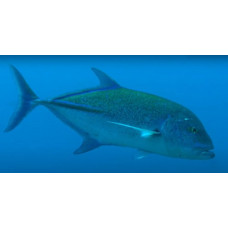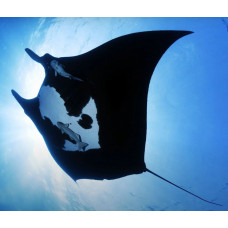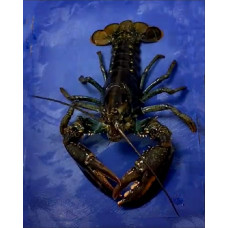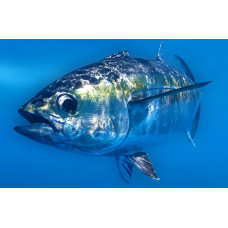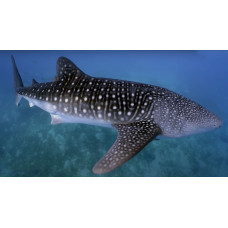Fauna of the Samar Sea
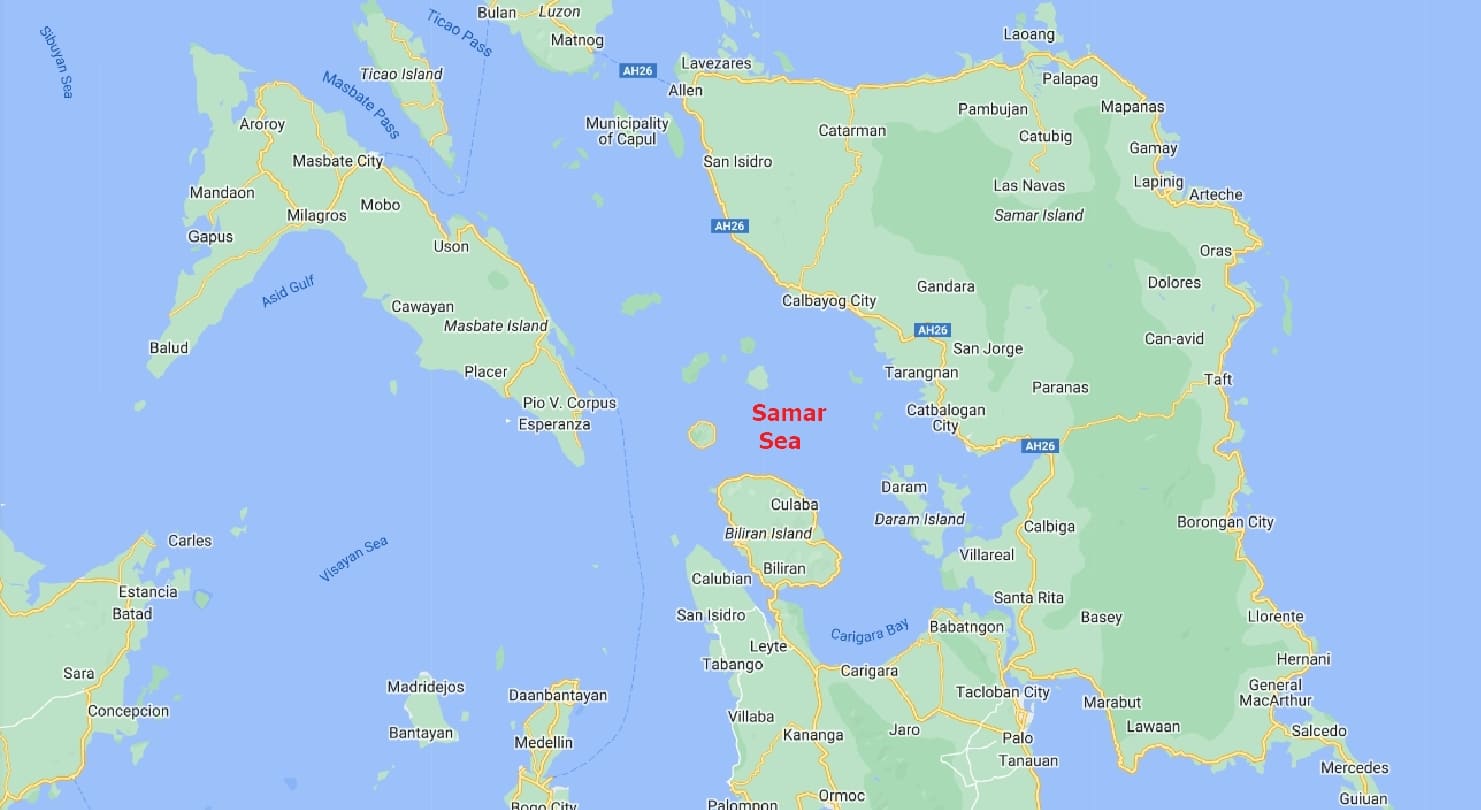 The body of water was named after the island of the same name, Samar ("dissected"). If you look closely at a map of the island, you will see that it is crisscrossed by numerous rivers that flow into the sea. It is a small inter-island sea in the Philippine archipelago, bounded by the islands of Samar to the east, Leyte to the south, Masbate to the west and Luzon to the north. It is part of the Pacific Ocean. The sea has an area of 3,870 km² and an average depth of 200 meters. There are beautiful coral reefs, as well as boulders and rocks in disarray, among which giant oceanic manta rays swim majestically, lobsters live and schools of tropical fish swim by.
The body of water was named after the island of the same name, Samar ("dissected"). If you look closely at a map of the island, you will see that it is crisscrossed by numerous rivers that flow into the sea. It is a small inter-island sea in the Philippine archipelago, bounded by the islands of Samar to the east, Leyte to the south, Masbate to the west and Luzon to the north. It is part of the Pacific Ocean. The sea has an area of 3,870 km² and an average depth of 200 meters. There are beautiful coral reefs, as well as boulders and rocks in disarray, among which giant oceanic manta rays swim majestically, lobsters live and schools of tropical fish swim by.
Fishing in Samar Sea
Samar Sea is one of the major places with rich pelagic and demersal fish resources. The main occupation of the locals is fishing. The predominant species are sardine and tuna. At present, the sea has experienced a significant decline in resources. There used to be 50 species of commercial fish in its waters, but this number has now been reduced to ten due to overfishing. With the disappearance of large predatory fish, fishermen have begun to catch smaller species, which has led to a dramatic increase in the jellyfish population.
Common Inhabitants in Samar Sea
There are many coral reefs along the coast. There are at least 300 kinds of corals. The aquatic world is represented by dolphins, seabirds, whale sharks, sea turtles, etc. A variety of fish and mollusks can be found near the islands. The most popular fish are representatives of the family Carangidae, which are excellent for eating. These include the blue trevally (Carangoides ferdau), bluefin trevally (Caranx melampygus), yellowspotted trevally (Carangoides fulvoguttatus) and others. There are many rare fishes in the coastal waters. Divers can enjoy masses of beautiful reef fish and various species of nudibranches.
Endangered species in the Samar Sea
It is also home to important endangered marine species such as the West Indian manatee (Trichechus manatus), elkhorn coral (Acropora palmata) and staghorn coral (Acropora cervicornis). Mangroves filter sediments and pollutants, improving water quality and providing food for endangered species.
Blue trevally
Latin nameCarangoides ferdauOther namesBanded trevally, barred trevally, Ferdau's trevally, Forskaal..
Bluefin trevally
Latin nameCaranx melampygusOther namesBluefin jack, bluefin kingfish, bluefinned crevalle, blue ulua..
Giant oceanic manta ray
Latin nameMobula birostrisOther namesGiant manta ray, oceanic manta ray.IdentificationHuge pectoral ..
Lobster
Lobsters (Nephropidae) are a division of the suborder Reptantia of the order Decapoda. In appearance..
Pacific bluefin tuna
Latin nameThunnus orientalisOther namesThunnus orientalisIdentificationThe fish has an elongated, sp..
Sardine
Sardine is a fish of two genera Sardina and Sardinops of the family Clupeidae. The mouth is terminal..
Whale shark
Latin nameRhincodon typusOther namesRhincodon typusIdentificationThe body is strong and thick, the h..
Yellowspotted trevally
Latin nameCarangoides fulvoguttatusOther namesYellowspotted kingfish, goldspotted trevally, tarrum, ..

